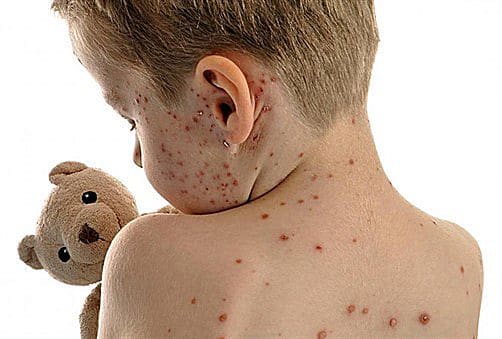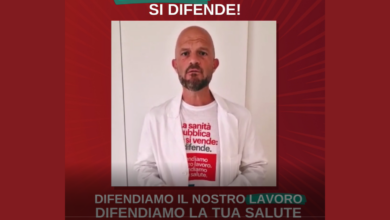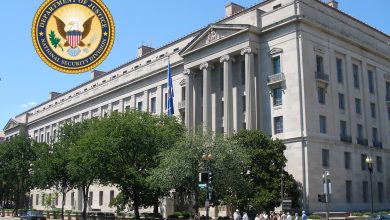
If the number of vaccinations against measles, mumps and rubella were to decrease by even 5 percent, measles cases would triple, with an increase in health care costs of 2.1 million dollars a year. The estimate concerns the United States, but is also applicable elsewhere and demonstrates that a slight variation from optimal vaccination coverage can have dramatic outcomes (red)
 A 5 percent decrease in measles, mumps, and rubella vaccinations is enough to produce a dramatic increase in measles cases, with a costly impact on health care costs.
A 5 percent decrease in measles, mumps, and rubella vaccinations is enough to produce a dramatic increase in measles cases, with a costly impact on health care costs.
The estimate comes from a new study published in “JAMA Pediatrics” by a group of researchers from Stanford University and Baylor College of Medicine, and refers to the United States, but may also be applicable to other countries, as it demonstrates that a small variation from optimal vaccination coverage can have dramatic outcomes, given the measles infectivity.
All 50 US states require triple vaccination before enrollment in kindergarten or school, but all have medical exemptions; all but three also allow parents to refuse vaccination for religious reasons, and 18 states for personal reasons. However, the tendency is to question the exemptions: California, for example, eliminated those for religious and personal reasons in 2015, following the great measles epidemic that originated at Disneyland.
Thus far, US vaccine policies have managed to contain measles to anywhere from a few dozen to a few hundred cases each year. However, in recent years in many areas of the country vaccination coverage has dropped below the threshold of 90-95 percent deemed necessary to avoid epidemics.
“We focused on measles because it is a highly contagious disease,” explained first author Nathan Lo. "It is therefore the first disease that can give rise to an epidemic if vaccinations drop: it therefore serves as a significant example".
 An infected person can in fact spread the virus by sneezing and coughing up to four days before symptoms appear. In addition, the measles virus can remain infectious by staying in the air for up to two hours, an unusually long time for an airborne virus.
An infected person can in fact spread the virus by sneezing and coughing up to four days before symptoms appear. In addition, the measles virus can remain infectious by staying in the air for up to two hours, an unusually long time for an airborne virus.
Lo and colleagues analyzed data from the Centers for Disease Control and Prevention on trivalent vaccination, simulating 10,000 scenarios that could occur if measles were introduced into the country at a similar rate as in past years.
In numerical terms, if the administration of the trivalent serum against measles, mumps and rubella to children between 2 and 11 years of age decreased by 5 percent, in one year the measles cases in the same age group would multiply by you. The increase would cost an additional $2.1 million each year, or about $20,000 per case.
The authors point out that healthcare costs have been underestimated, ie considering an epidemic of measles alone, but more severe scenarios with concomitant epidemics of mumps and whooping cough are also possible.
“Each year, more and more US states are challenging non-medical exemptions, which are critical to effective vaccine coverage,” concluded the researcher. “This study quantifies the consequences of an increase in measles cases and the expense that personal waivers entail.”
Related news: Vaccines, children and autism: the story of a hoax





